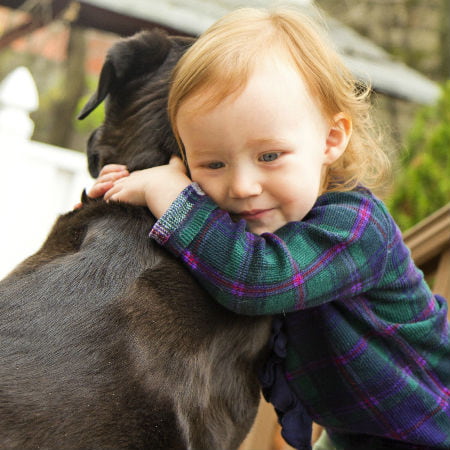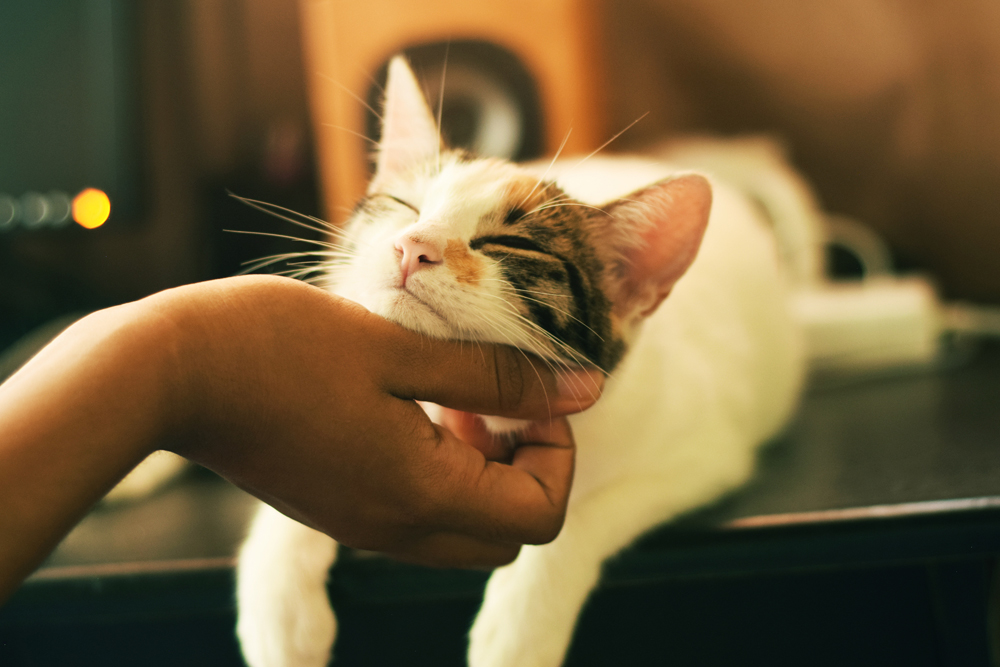
Pet ownership growth in the United States sees as many as 55 percent of American households owning pets today. Of all these, dog owners tend to focus on adopting or breeding more dogs, with rarely other kinds of pets in the house. In fact, it was shown that most dog owners stick to dogs, while cat owners stick with cats. In the past decade, dog ownership trends has steadily outpaced household growth. This change also shifted the profile of pet owners in the past ten years.
Changing Trends in Pet Ownership
The profile of pet owners has shifted in the past decade and slowed in the past five years. However, pet ownership trends these days do tend to vary by types of pets, and it seems that dog owners are the leaders in the growth of the pet industry and population.
What is interesting to see is that urban pet owners, who tend to spoil their pets, spend more even though they feel the stress of the economy. The cost of owning a pet has increased; many pet owners spend at least $50 or more on pet products over a month in urban areas. However, rural pet owners tend to spend less time and commitment to their pets, and unlike their urban counterparts, they don’t tend to shop online.
It was shown that owners of multiple pets tend to choose online pet product vendors, with Walmart being their top choice for pet food and supplies. Millennials have now begun buying into pet ownership, stating that having a pet is a good way to get ready for a family. And millennial travel trends have seen an increase in the number of owners who go on trips with their furry friends.
Dog Ownership Trends in the US
Scroll down for videos

The number of dog owners in the United States increased 29 percent in the past decade, and today, about 105 million Americans are said to be owners of canines. Due to the friendly nature of dogs, multiple-dog households grow at a fast rate, considering that canines need companions to thrive.
The rise in the number of dog owners gives birth to some changes in dog ownership trends. The additional cost of taking care of pet dogs is seen as a barrier to owning more than one, yet millennials and boomers still contribute to the increasing dog ownership. Smaller cities and rural areas are also seen to be the most dog-friendly in terms of household numbers, but high-income segments of urban areas still propel an increase in dog ownership. Unmarried individuals and childless couples are also among those who are interested in becoming parents to a canine. A lot of people would even look up dog-friendly Fourth of July tips during the holidays because it has become a tradition for every family to have their pets join in every special celebration. Even Christmas and birthday parties will never be complete without them.
Characteristics of Dog Populations
In the United States, dog ownership trends have it that nearly half the dogs are under four years old, with smaller dogs seen as the more favored breeds by younger owners. Older people such as boomers are seen to be attached to larger dogs.
Whether it shows responsibility from dog owners or not, smaller dogs usually tend to be overweight. Larger dogs, on the other hand, tend to become a form of security for their owners, who feel more at ease with their larger canine pets in the vicinity.
Cat Ownership Trends
As dog ownership trends shift, so do cat ownership trends. There are about 59 million Americans who own cats, most of whom have more than one. However, unlike the dog population, there has been little growth in cat ownership over the past decade, many citing lack of time, energy, and funds for the decision of cat owners from getting multiple felines.
Most of those who own cats, according to data, are women. Numbers have it that many of whom come from rural residential areas. Affluent, educated consumers have somehow stemmed the decline of cat ownership instead of boosting them, although they are more likely to own felines than dogs.

Psychology Today
The cat population in the United States is split between those under and over four years of age, and younger owners tend to have younger cats. However, households with teenagers are seen to have pet cats instead of dogs. Overall, about 24 percent of owners have overweight cats, but this could be because most cats are likely to be fed right in the kitchen. Behavioral and anxiety issues from the felines also top some complaints from cat owners.
Watch the videos below